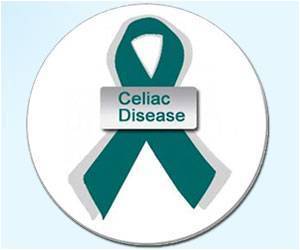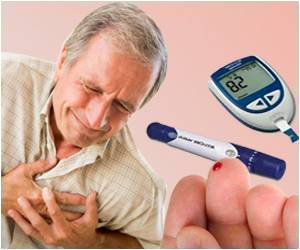
Urban noise pollution has been shown to have a significant negative impact on heart health, as highlighted by data from two studies conducted in different European cities, presented at ESC Congress 2024(1✔ ✔Trusted Source
Urban noise pollution may impact cardiovascular risk prediction and prognosis after a heart attack
).
Noise Pollution Raises Early MI Risk in Young Adults
“The DECIBEL-MI study shows that young patients aged 50 years or less who had a myocardial infarction (MI) had been exposed to higher levels of noise than the general population. The study demonstrates that urban noise could significantly increase the risk of early-onset MI in young people with low traditional risk factors. Including noise exposure in risk prediction models helps accurately identify at-risk individuals, leading to better-targeted prevention.
The DECIBEL-MI study included 430 consecutive patients living in Bremen, Germany, aged 50 years or younger with acute MI who were admitted to a local heart centre. When levels of residential noise exposure were calculated, the researchers observed a higher incidence of noise exposure compared to the general population in the same region.
Patients with MI and a low LIFE-CVD score (≤2.5%), indicating a low level of traditional risk factors, such as smoking or diabetes, exhibited significantly higher noise exposure compared to those with a high LIFE-CVD score. This is crucial because traditional risk assessment models might underestimate the cardiovascular risk in young individuals who are otherwise considered low risk.
By incorporating noise exposure into these models, it is possible to more accurately identify those at elevated risk for MI, allowing for better-targeted preventive measures and interventions.
Nighttime Noise Linked to Worse Prognosis After First Myocardial Infarction
A separate study in France assessed the impact of environmental noise exposure on prognosis after a first MI. “In the ENVI-MI study, we found a strong association between urban noise exposure, particularly at night, and worse prognosis at 1 year after a first MI,” explained study investigator, Professor Marianne Zeller from the University of Burgundy and Hospital of Dijon, France.
Data from the French observatory database (RICO) were collected for 864 patients hospitalised for an acute MI who survived at least 28 days after the MI. At 1-year follow-up, 19% presented with a major adverse cardiovascular event (MACE; cardiac death, rehospitalization for heart failure, recurrent MI, emergency revascularization, stroke, angina and/or unstable angina).
Advertisement
The daily noise exposure levels measured at each patient’s home address (average noise level in A-weighted decibels [dB(A)]: 56.0 over 24 hours and 49.0 at night) were considered as moderate and representative of a large part of the European population. Of note, there was a 25% increased risk of MACE for each 10 dB(A) increase in noise during the night (hazard ratio 1.25; 95% confidence interval 1.09–1.43), independent of air pollution, socio-economic levels and other confounding factors.
“These data provide some of the first insights that noise exposure can affect prognosis. If confirmed by larger prospective studies, our analysis could help to identify new opportunities for environment-based secondary-prevention strategies, including noise barriers for high-risk MI patients,” added Professor Zeller.
Advertisement
Reference:
- Urban noise pollution may impact cardiovascular risk prediction and prognosis after a heart attack – (https://www.escardio.org/The-ESC/Press-Office/Press-releases/Urban-noise-pollution-may-impact-cardiovascular-risk-prediction-and-prognosis-after-a-heart-attack#:~:text=The%20study%20demonstrates%20that%20urban,leading%20to%20better%2Dtargeted%20prevention.)
Source-Eurekalert



